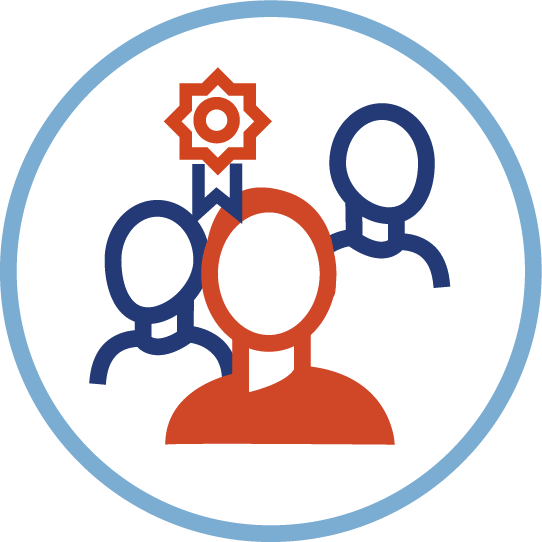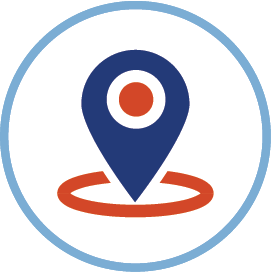Knee Kinesiography
Identify and treat knee injury causes at the right moment with the right information!
Why choose Knee Kinesiography with the KneeKG®?
It is imperative to take good care of your knees in order to have an active life as long as possible. Fortunately, Knee Kinesiography is there to identify the deficits of your movements that create pain. This exam allows a better understanding of what causes the patient’s pain who suffers from osteoarthritis of the knee, ligament injuries, previous pain, and other forms of knee problems, including pain after surgery.

Knee pain and your active life
Knee pain doesn’t have to be the end of your active life. Knee Kinesiography is a brief clinical examination that accurately and objectively assesses the complete movement of the knee. Most of the time, pain occurs during movement of the joint. Knee Kinesiography therefore makes it possible to assess the cause of the pain when it occurs. The Knee Kinesiography examination provides additional data from what is provided by traditional imaging systems, such as radiography or magnetic resonance imaging (MRI). Indeed, while X-rays and MRI images of the joint are static, Knee Kinesiography informs us about the function of the joint in full activity.
Did you know that…
The knee is the most complex joint of the human body?
It is therefore important to understand what is going on in the joint while in movement in order to treat the pain effectively and enjoy a quality of life unaffected by knee pain.
Knee Kinesiography is to the knee what the electrocardiogram is to the heart.
Like the electrocardiogram, the knee examination, performed with the KneeKG system, provides tangible data to clinicians on the actual condition of the knee and its function. Like any organ, the knee can fail to function, causing a deficit in the role of the joint. It is therefore important to resolve these deficits in order to have access to 100% of our capacities.
- The KneeKG system perform a Knee Kinesiography, in clinics, hospitals or imaging centers.
- The patient walks on a conventional treadmill for approximately 5 minutes, at a comfortable speed to warm up.
- The clinician fixes the KneeKG components on the patient’s leg in order to follow the movement of the joint.
- After a few calibration movements, the KneeKG system will then record two 45-second walking trials, in order to capture the movement of the joint through several walking cycles.
- Following the walking period, the KneeKG system analyzes the perceived data objectively and provides clinicians with reliable data regarding the function of the knee.
Couple with Emovi’s AI platform, your immediate results include personalized exercise recommendations** for your clinician based on data collected from your Knee Kinesiography examination. This information is used to build an individualized and targeted exercise program.

Who is the Knee Kinesiography for?
Anyone with knee pain. If knee pain limits you in your short or long term activities, Knee Kinesiography could be a key component of your treatment towards rapid and complete rehabilitation.

84 %
patient satisfaction when the KneeKG® system is used across the continuum of care.1

42 %
less pain in patients who have treated the deficits identified with the KneeKG® system in their care path.1

88 %
of patients still adhere to their treatment plan after 3 months.1

1 out of 5
people suffer from knee pain.
References:
- Cagnin, A., Choinière, M., Bureau, N. J., Durand, M., Mezghani, N., Gaudreault, N., & Hagemeister, N. (2019). A multi-arm cluster randomized clinical trial of the use of Knee Kinesiography in the management of osteoarthritis patients in a primary care setting. Postgraduate Medicine, 5, 1–11. (Impact of a treatment program addressing patient’s knee malalignment reported by the KneeKG® system (Group 3 compared to Control Group; where such program included one (1) hour educational session and two (2) optional follow-ups).
- Cagnin, A., et al. (2019). Effective conservative care targeting mechanical markers as risk factors for knee osteoarthritis progression: a cluster randomized controlled trial. Osteoarthritis and Cartilage/OARSI, Osteoarthritis Research Society, 27(S1), S485-S486.
- Therrien, M., and al. (2016). Real-world clinical result from a multimodal management program for knee osteoarthritis. Osteoarthritis and Cartilage/OARSI, Osteoarthritis Research Society, 24(Supp 1), S431, presented at the OARSI conference 2016 after peer review by OARSI Scientific Committee
- Cagnin, A. and al. (2019). Impact of a personalized home exercise program for knee osteoarthritis patients on 3d kinematics: A cluster randomized controlled trial. Osteoarthritis and Cartilage, 2019-04-01, Volume 27, Pages S34-S35
- Lustig, S., et al. (2012). The KneeKG® system: a review of the literature. Knee Surgery, Sports Traumatology, Arthroscopy: Official Journal of the ESSKA, 20(4), 633–638.
* Suggested price for Canada.
** Because this information does not purport to constitute any diagnostic or therapeutic statement with regard to any individual medical case, each patient must be examined and advised individually, and this information does not replace the need for such examination and/or advice in whole or in part. Emovi does not practice medicine. Each physician should exercise his or her own independent judgment in the diagnosis and treatment of an individual patient, and this information does not purport to replace the comprehensive training physicians have received.

 Patients
Patients Athletes
Athletes Find a clinic
Find a clinic




